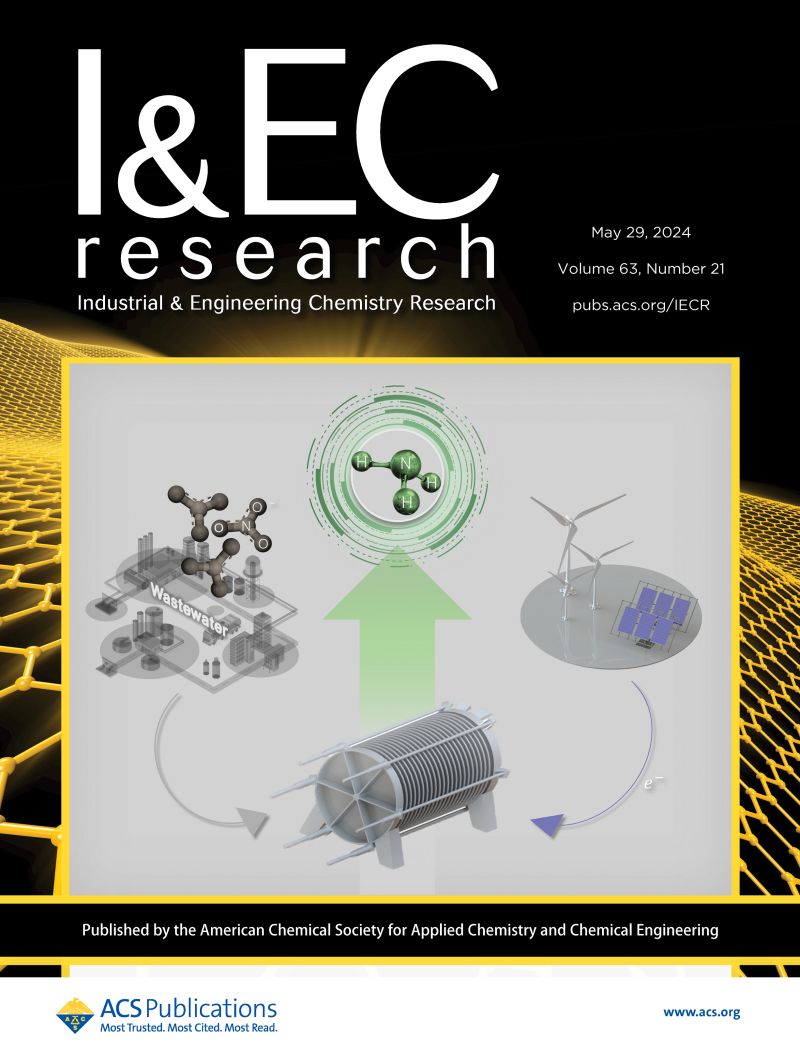Comparison of Realistic and Slit Models of Activated Carbon for Xe/Kr Separation
IF 3.8
3区 工程技术
Q2 ENGINEERING, CHEMICAL
引用次数: 0
Abstract
This study compares the adsorption and separation performance of Xe/Kr mixtures in realistic and slit pore models of activated carbon using Grand Canonical Ensemble Monte Carlo (GCMC) simulations. The hybrid Reverse Monte Carlo (HRMC) model and slit pore structures exhibit distinct adsorption behaviors influenced by pore size, pressure, and temperature. For pure Xe and Kr, adsorption heats in the HRMC model range from 12 to 20 kJ/mol for Kr and 15 to 25 kJ/mol for Xe. At 1 MPa, cs1000a achieves the highest adsorption capacities for Kr and Xe, 1.93 and 3.84 mmol/g, respectively. In slit pores, the Xe/Kr selectivity peaks at 32 for 0.8 nm pores at 0.1 MPa and decreases with pressure and pore size. The 1.1 nm slit pore at 1.0 MPa and 238 K achieves a maximum Xe adsorption capacity and selectivity of 14. Local density analyses confirm selective Xe adsorption in narrow pores, with enhanced multilayer adsorption in larger pores. Compared to the HRMC model, slit pores exhibit higher adsorption heat and steeper isotherms, indicating stronger interactions. This study highlights the importance of pore structure in designing activated carbons for Xe/Kr separation, recommending operating conditions of 1.1 nm pore width, 238 K, and 1.0 MPa for optimal separation performance.

求助全文
约1分钟内获得全文
求助全文
来源期刊

Industrial & Engineering Chemistry Research
工程技术-工程:化工
CiteScore
7.40
自引率
7.10%
发文量
1467
审稿时长
2.8 months
期刊介绍:
ndustrial & Engineering Chemistry, with variations in title and format, has been published since 1909 by the American Chemical Society. Industrial & Engineering Chemistry Research is a weekly publication that reports industrial and academic research in the broad fields of applied chemistry and chemical engineering with special focus on fundamentals, processes, and products.
 求助内容:
求助内容: 应助结果提醒方式:
应助结果提醒方式:


